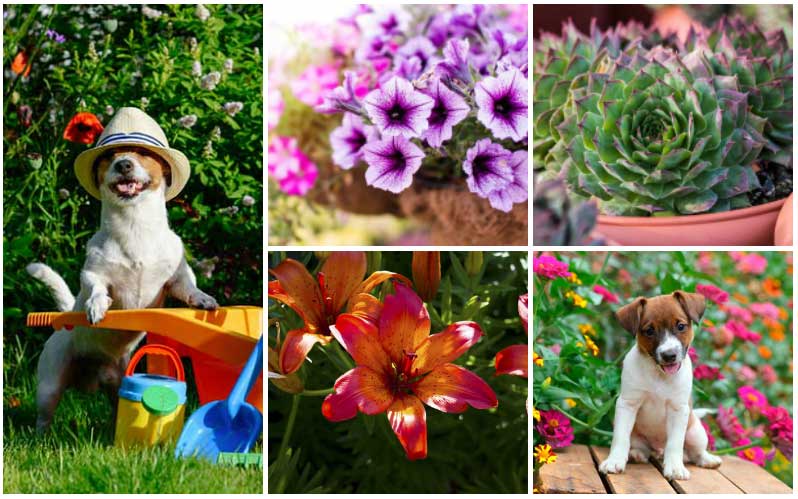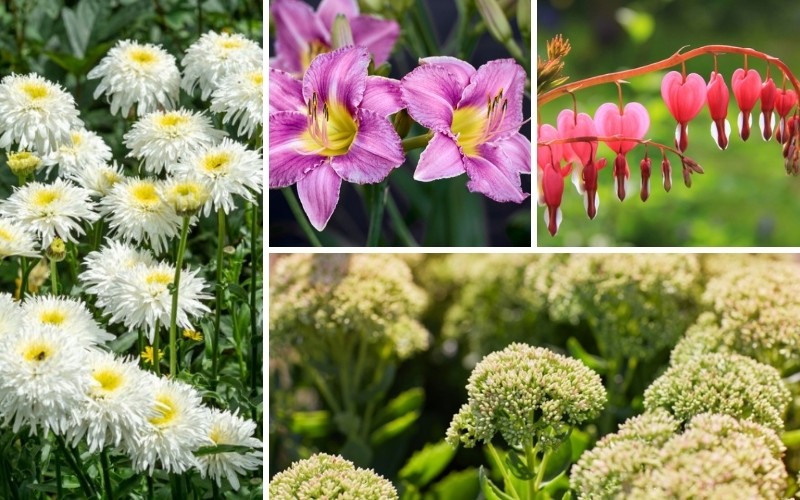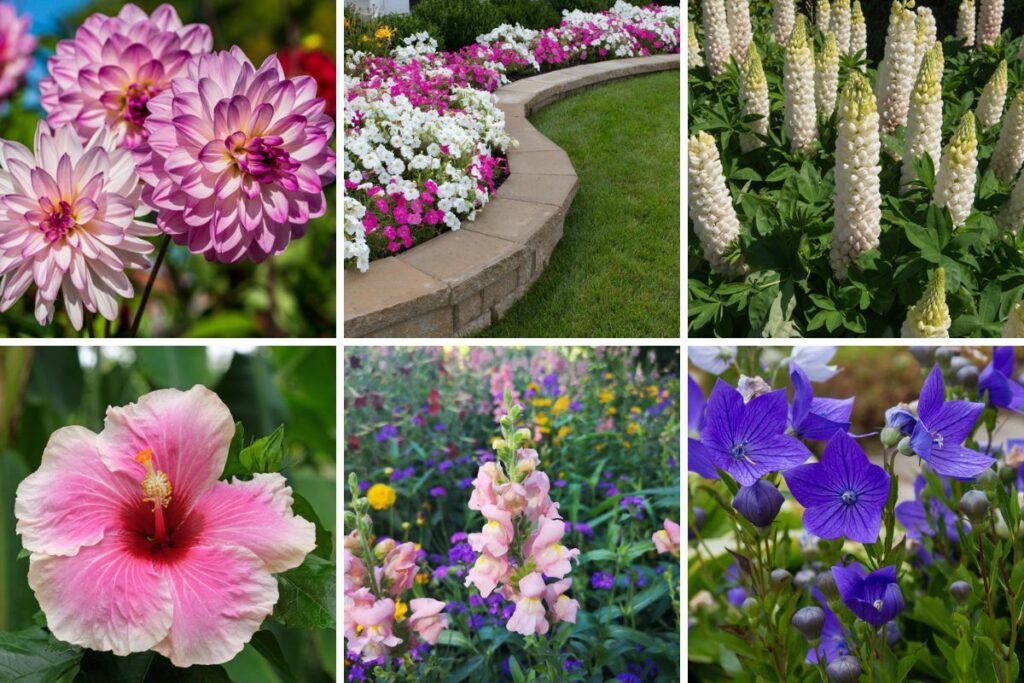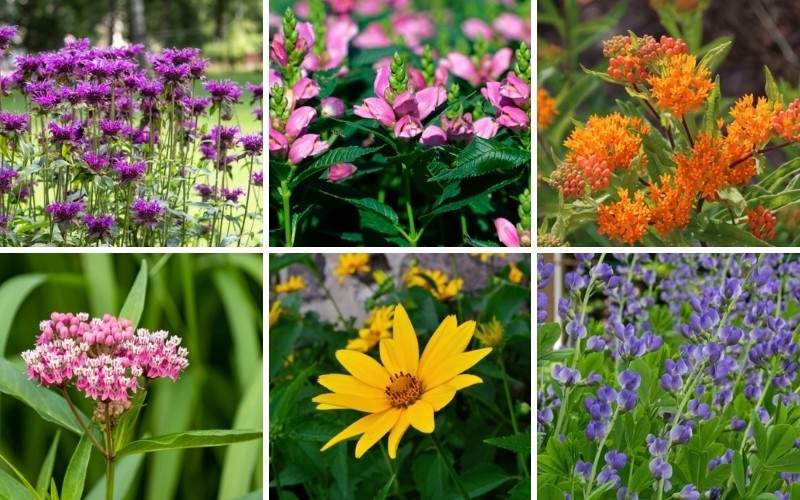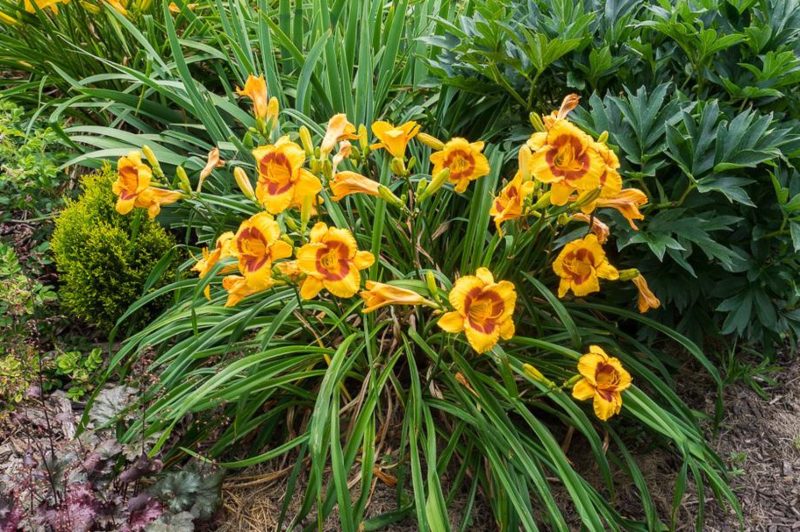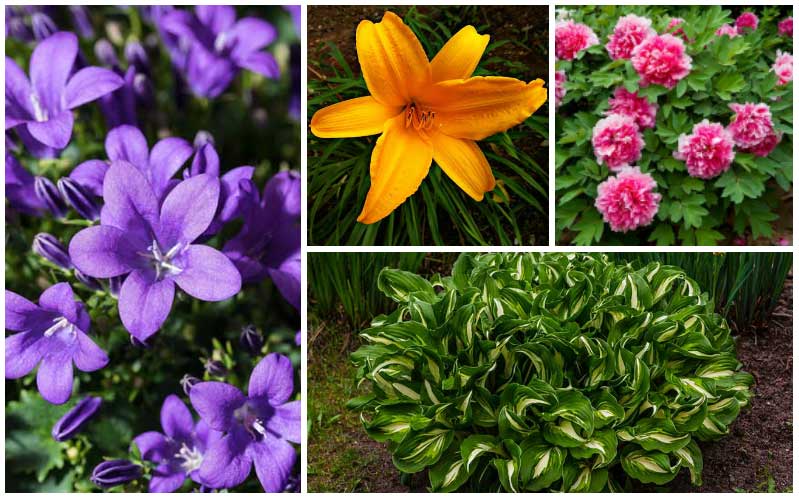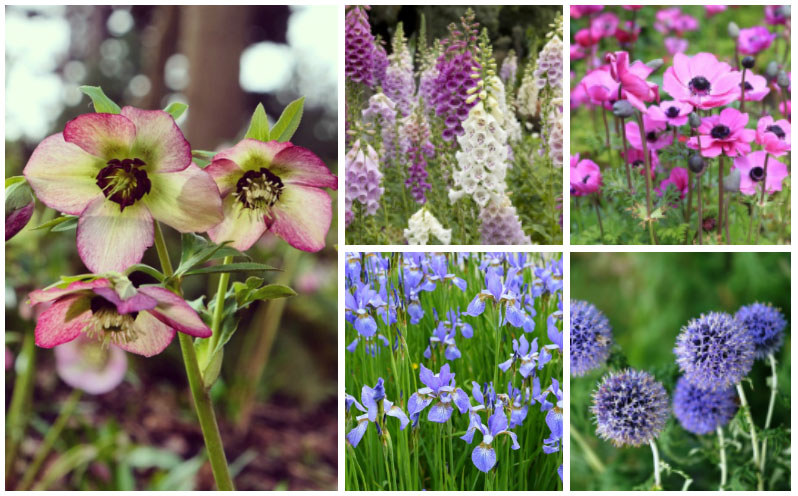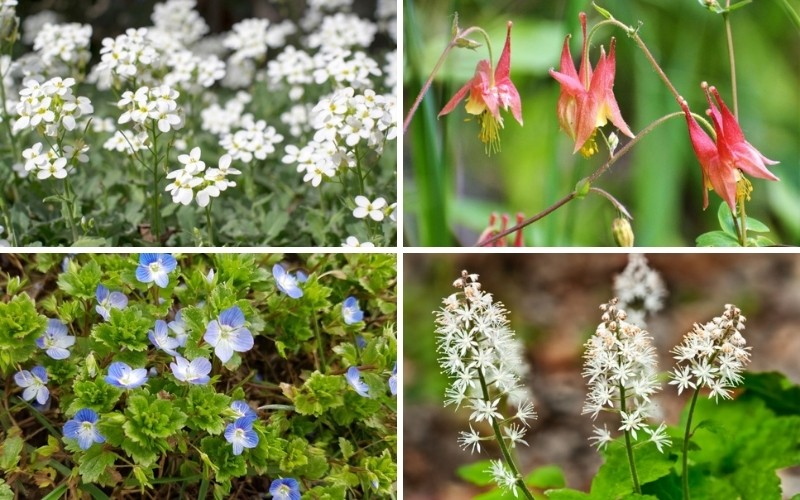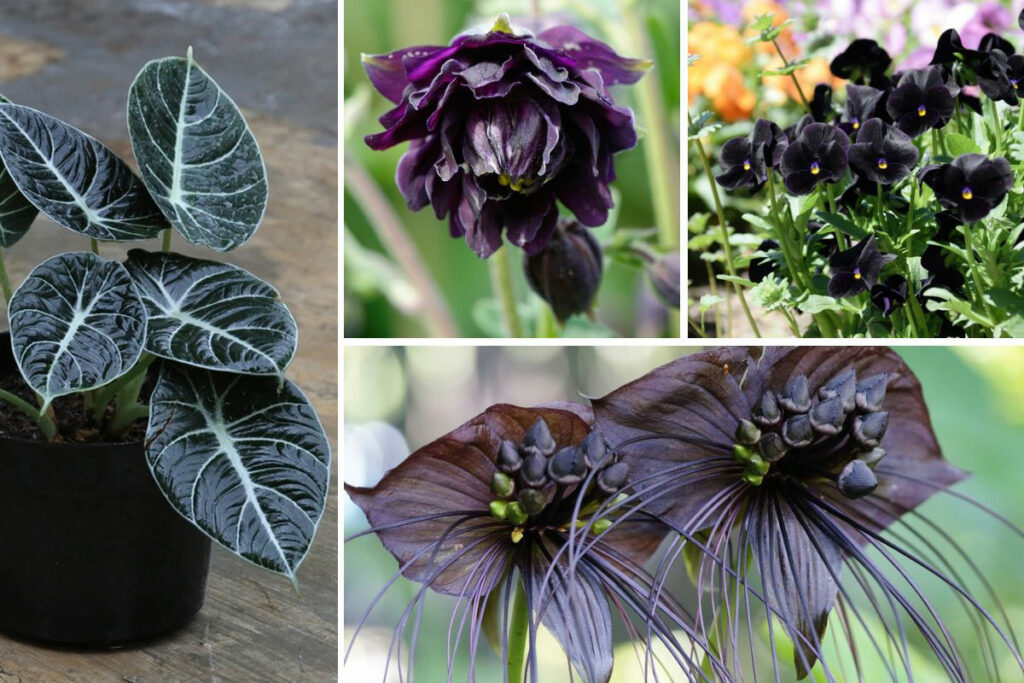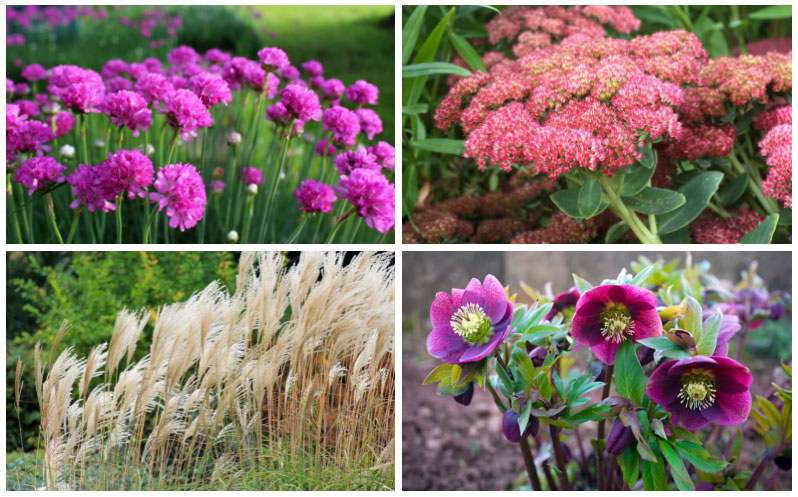
Salt can have many harmful effects on plants. When it is absorbed into the plant, it can act as a poison. In other situations, it can break down flower buds so that they cannot open properly.
The salt in water given to plants can displace other minerals that plants need. Salt in the soil can stop water from getting to the roots of plants. You may see the impact of salt on plants in many ways, including fewer flowers and leaves, reduced plant health, and burning of leaves and flowers. Yet, some plants handle salt exceptionally well. Think about these salt-tolerant perennials for your garden space.
Helleborus
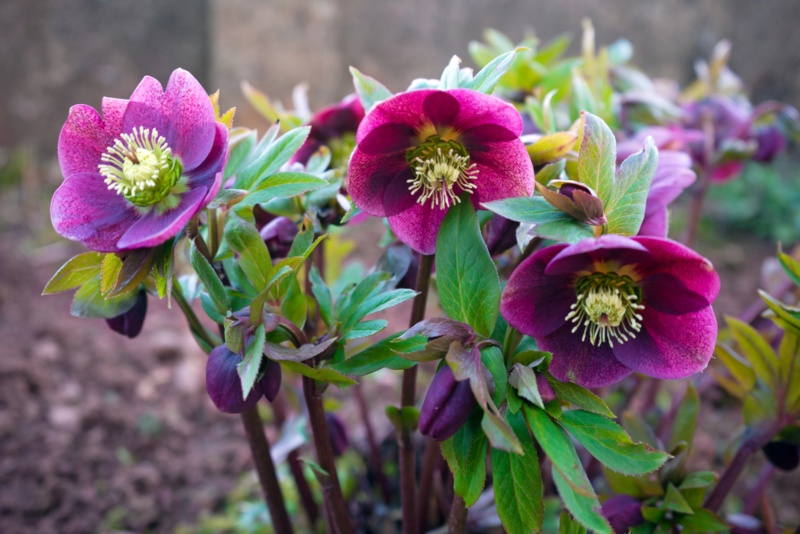
There are more than 36 types of Helleborus, and one thing that they all share is their ability to handle salt. These plants that grow to be about 1-foot tall put on five large, showy, petal-like sepals in the late winter that usually last throughout the spring. This plant has evergreen, leathery leaves. It will thrive from zones 4 to 9, but if you are in the northern part, you need to take precautions to protect it from winter’s cold winds.
Calamagrostis
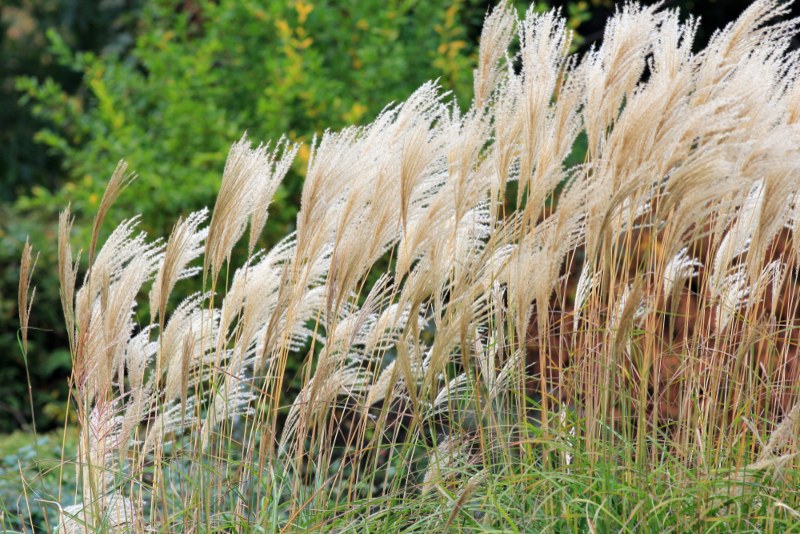
Often called reed grass, Calamagrostis grows to be about 5-feet tall in zones 5 to 9. This plant loves for its sunny location to be consistently wet. You can find red and purple options in this flat-leaved ornamental grass that blooms in summer. The narrow plumes that it puts on will often stay throughout the winter, and birds find them very attractive.
Stonecrop
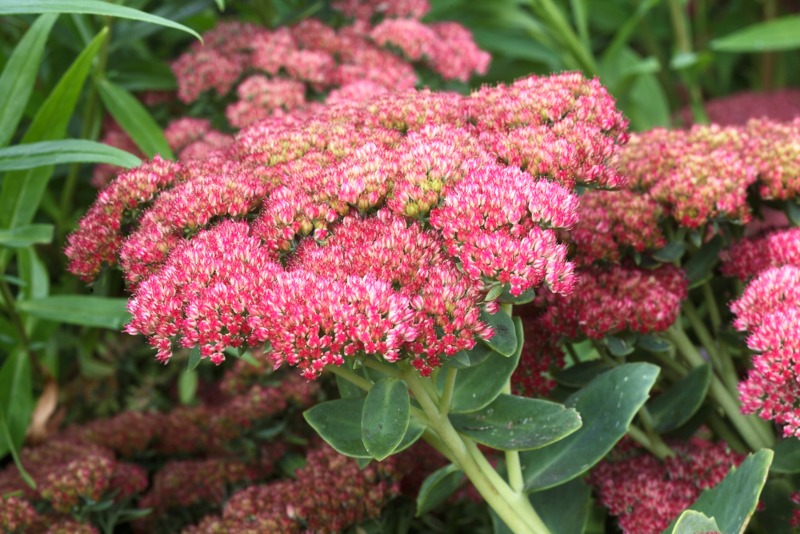
Many different stonecrop varieties are available with some growing tall flower spikes while others produce a trailing vine. Since they do not have a huge root system, you can plant them in many areas where you cannot put deep-rooted plants. These sun-loving succulents hate if they get too much water. Many put on tiny, five-lobed flowers in the summer.
Viburnum

This plant family could win a diversity award with some varieties growing up to 5-feet tall while others stay much smaller. Many options put on both large and small white flowers in late spring and early May. After the flowers fade, most put on berries, which can be a variety of colors. Many types of viburnum thrive in zones 3 to 8.
Lilac
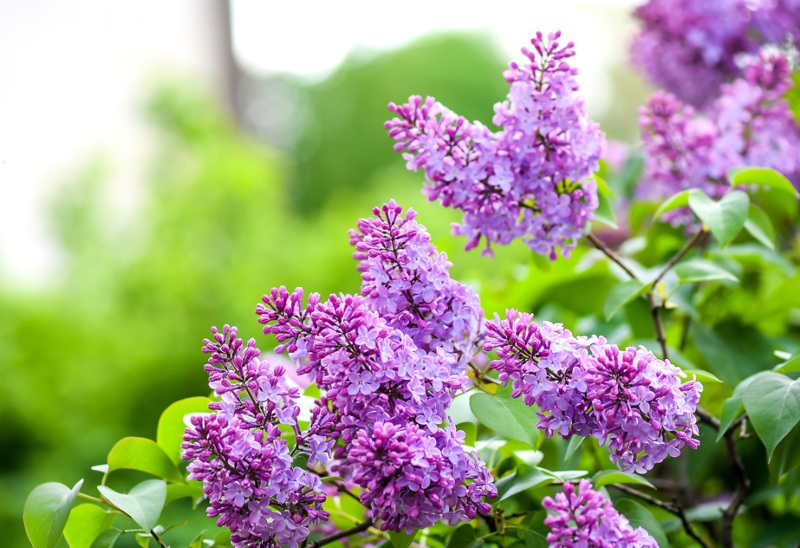
Lilacs love the sun, and they thrive in zones 3 to 8. These plants put on sweetly fragranced flowers in terminal clusters in May. Lilacs make excellent hedges as their thick foliage grows up to 7-feet tall. Be sure to choose an area with enough space for the variety you select because many options grow almost as wide as they do tall.
Butterfly weed (Asclepias tuberosa)
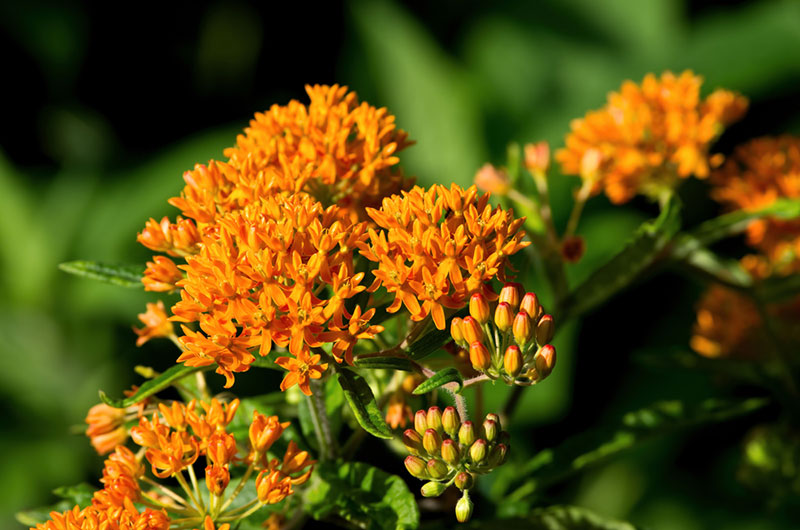
Growing in zones 3 to 9, the sun-loving butterfly weed produces orange to yellow-orange flowers in the late summer. The flowers appear at the end of hairy stems. Once the flowers fade, seed pods will appear on this plant that is a member of the milkweed family. If you do not want this plant to spread, then you need to pick off the pods.
Silver mound Artemisia
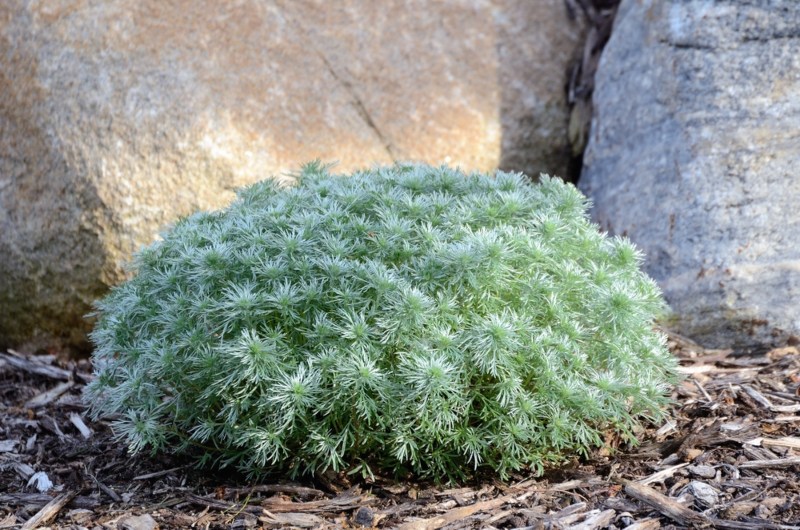
Silver mound artemisia is a sun-loving plant that is grown for its foliage. This clump-forming plant produces greenish-gray stems that are up to 3-feet-tall. A multitude of silvery-green leaves grows from each stem. This plant has flowers in the summer that is hidden by its abundant foliage. Watch for these flowers and deadhead them because this plant spreads aggressively.
Dianthus
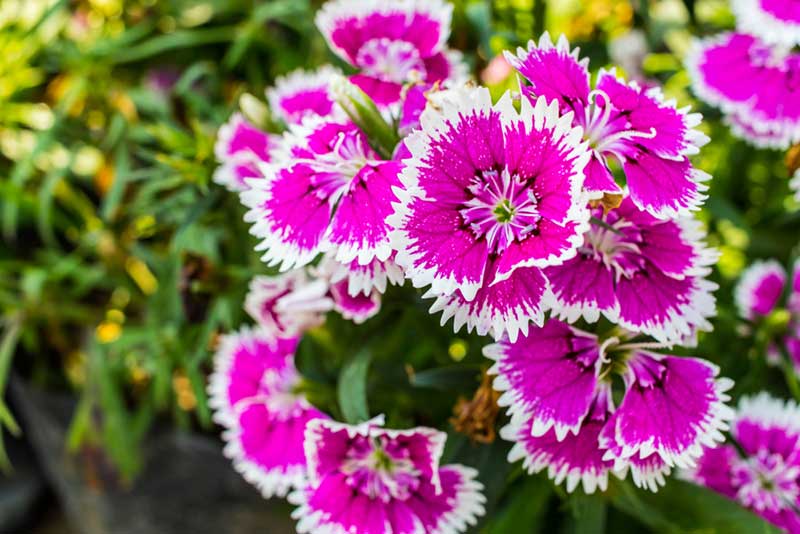
You are likely to fall in love with the pink-and-white flowers on the dianthus if you live in zones 6 to 9. Ten to 15 flowers appear on each plant, with most having a pink inner band on the rays surrounded by a white outer band. This plant loves the sun, and it likes to be dry, so it may be the perfect choice for areas that get very little rainfall.
Sea Thrift
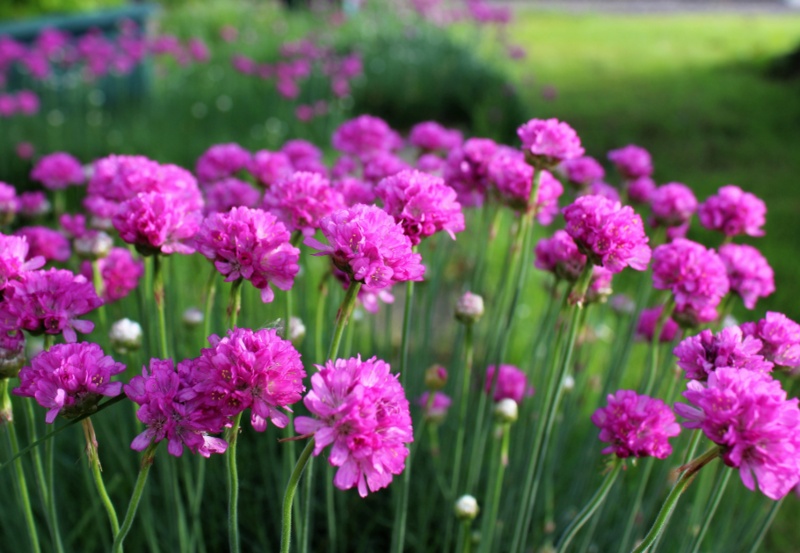
Dry soil is a mandatory requirement for sea thrift, or this clump-forming plant will rot in the middle. You are likely to love this plant’s bright pink small flowers that grow in globular clusters starting in the early spring. This plant grows well in zones 4 to 8. This plant is a native of saline environments, so it loves the salt.
Hosta
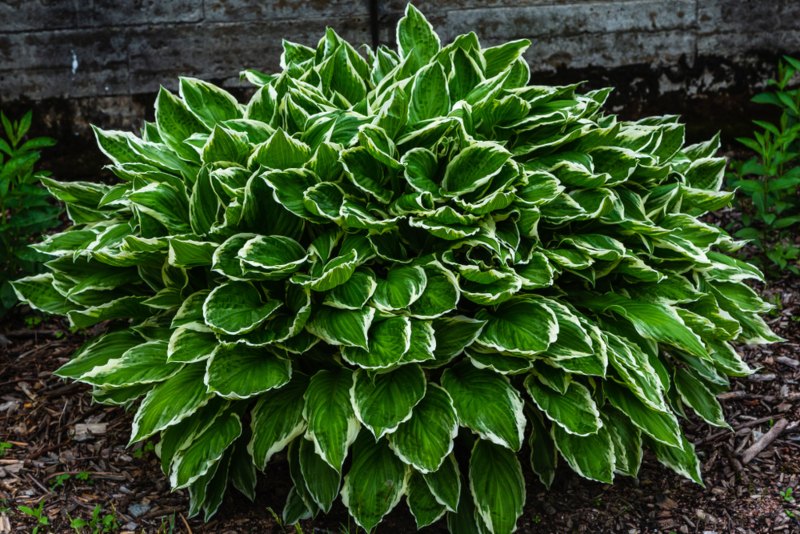
There are over 140 varieties of hostas available. These long-lived plants are grown for their foliage. Pink, lavender, light blue, or white flowers appear mid-spring on this shade-loving plant. Most hostas will grow to be between 1-and-3-feet tall. They may have a variety of oval-or-heart-shaped leaves, with many being variegated. Slugs and snails can be a problem, so watch and pick them off as soon as you discover them.
Sedum
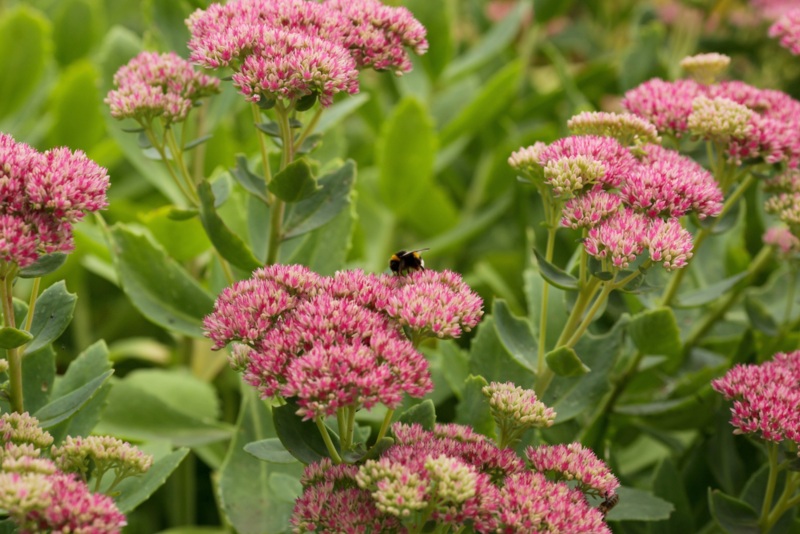
You can find many different choices in sedums that thrive in zones 5 to 8. This plant thrives in sandy and gravely soil. Star-shaped flowers appear in the summer. After they fade, the foliage may turn a reddish tint, making this an outstanding choice for your autumn landscaping. This sun-loving plant often makes an excellent groundcover option.
Gaillardia
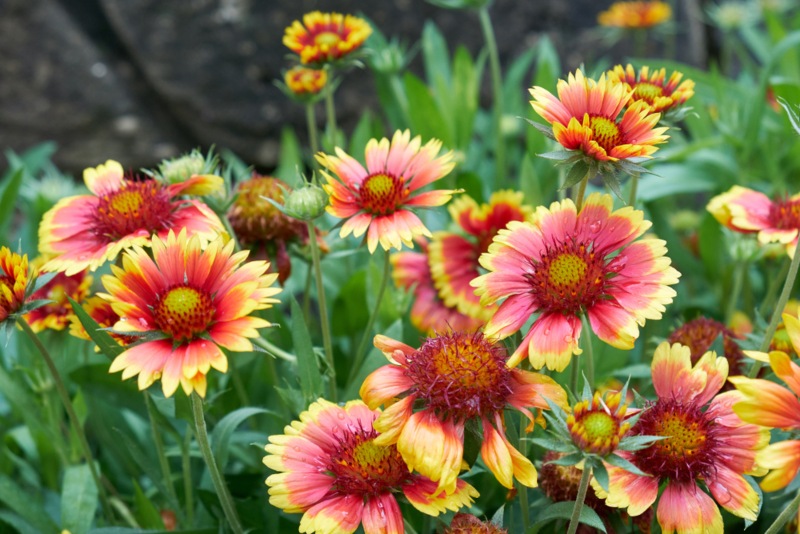
Often called blanket flowers, these brightly colored flowers thrive in zones 3 to 10. Many different options are available in these plants, with most growing to be about 2-feet tall. Usually found in a Native American blanket’s colors, single, double, and semi-double choices are all available. A few even offer tubular flowers.





